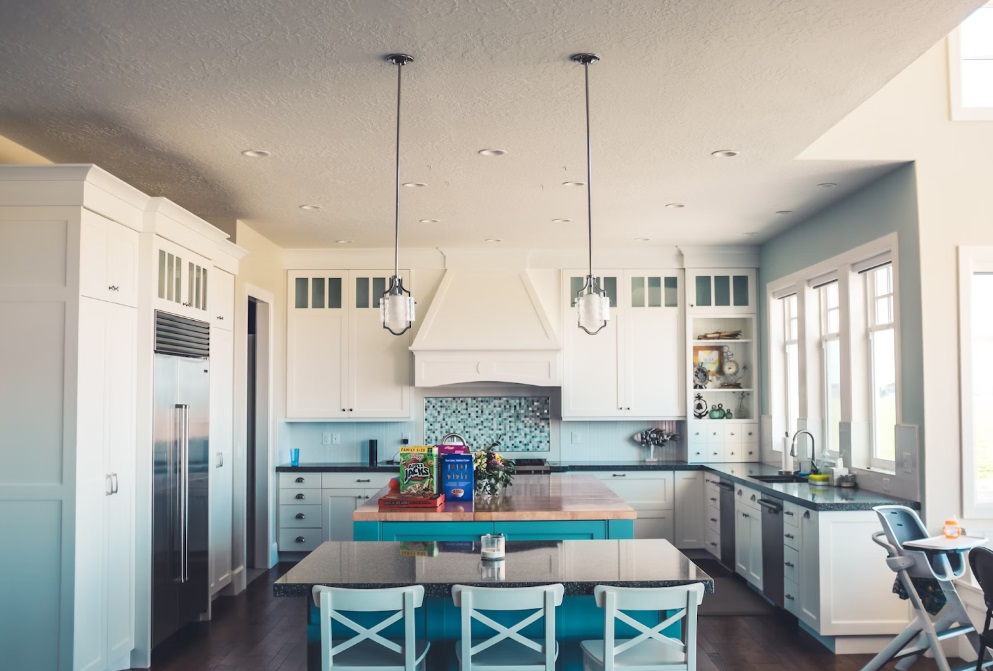These days, accommodation elements have noticed a radical change, with people and families shifting , from homeownership to home rental. This pattern is demonstrative of developing lifestyle inclinations, financial elements, and cultural changes. As rental living picks up speed, it’s fundamental to dive into the most recent lodging patterns to comprehend the main impetus behind this shift and its suggestions for networks and people alike. Understanding these elements can assist with molding future housing arrangements and systems.
Factors Driving the Trend Towards Rental Living
A few elements add to the ascent of rental living. Financial contemplations, for example, taking off property costs and deteriorating compensation, have made homeownership less achievable for some. Also, changing mentalities towards versatility and adaptability have driven people to focus on leasing, permitting them to adjust all the more promptly to the amazing open doors and way of life changes. Moreover, the charm of conveniences and comforts presented by rental networks, combined with the diminishing stigma related to leasing, has made it an inexorably appealing choice for a different scope of socio economics. These variables highlight the requirement for an extensive way to deal with lodging reasonableness and openness.
Shift Towards Community-Centric Living
One huge pattern inside the housing scene is the accentuation of community-driven living. Current leaseholders are progressively focusing on friendly associations and shared encounters, prompting the expansion of conveniences intended to cultivate local area commitment. From collaborating spaces and shared nurseries to wellness focuses and coordinated occasions, rental networks are rethinking the thought of neighborhood, establishing conditions where inhabitants can fashion significant associations and enhance their day-to-day routines. This shift highlights the significance of all-encompassing ways to deal with community advancement that goes past the actual foundation to sustain social capital and prosperity.
Emerging Locations as Hotspots for Rental Living
While metropolitan areas have customarily been central focuses for rental units, rising areas are presently acquiring noticeable quality. Urban communities like Huntsville, Alabama, are encountering a flood of demand for investment properties because of variables such as work development, reasonable living expenses, and an expanding social scene. Excellent Huntsville AL apartments offer not only comfortable living spaces but also access to a thriving community and diverse employment opportunities, making them highly sought after among renters seeking a balance between urban amenities and suburban tranquility. This pattern features the significance of investigating new business sectors and enhancing housing choices to meet the developing requirements of leaseholders.
Sustainable and Tech-Integrated Living Spaces
Another prominent pattern forming the real estate market is the coordination of supportable practices and innovation in living spaces. With developing attention to natural issues, leaseholders are progressively looking for eco-accommodating facilities that limit their carbon impression. From energy-productive apparatuses and green structure materials to savvy home advances that enhance energy use, investment properties are developing to satisfy the need for reasonable residing choices, interesting to naturally cognizant occupants. This advancement features the potential for development in the lodging area to address squeezing ecological difficulties while improving the personal satisfaction of occupants.
Challenges and Opportunities Ahead
The side-effects of rental housing growth is not only bringing opportunity but also bringing pros and cons to both tenants and policy makers. Moderateness remains a squeezing worry in numerous metropolitan regions, where rental costs dominate wage development, fueling lodging disparity. Also, the absence of guidelines in a few rental business sectors raises issues connected with occupant privileges and lodging norms. Tending to these difficulties will require cooperative endeavors between government offices, engineers, and local area associations to guarantee that rental living remains available, feasible, and impartial for all. Proactive measures such as lease control and reasonable lodging drives can assist with alleviating these difficulties and make more comprehensive networks.
Navigating the Future of Housing
As rental living keeps on picking up speed, it is fundamental to intently screen the most recent housing patterns and adjust systems to meet the developing necessities of tenants and networks. By embracing advancements in plan, innovation, and community improvement, investment properties can offer something other than a spot to live – they can become energetic center points of social movement and maintainability. As people and families progressively pick rental units as their favored lodging choice, it is basic to make comprehensive and various networks that enrich the lives of all residents, fostering a sense of belonging and collective well-being in the ever-changing landscape of modern housing.


